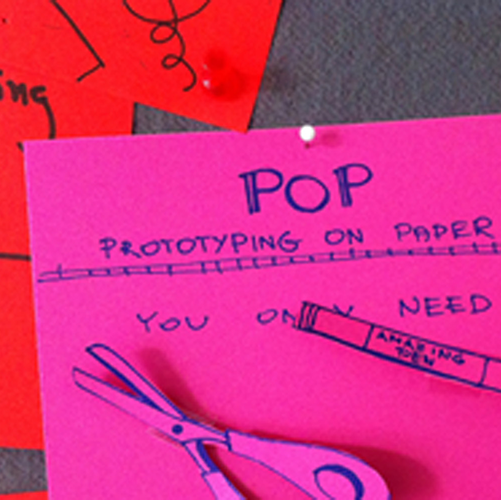Intuition, Reflection and Reflexivity
DOI:
https://doi.org/10.7577/formakademisk.1643Emneord (Nøkkelord):
design methods, shared decision making, intuition, reflection, reflexivitySammendrag
This paper synthesises findings from a design method course that focused on a design brief in shared medical decision making. In the paper, design methods is a term describing any action undertaken for a forward movement in the design process. The course is based on a selection of assignments that target intuition, reflection and reflexivity. Although many science disciplines strive to include more elements of active and practice-based learning, design education faces the challenge of integrating theory in a ‘designerly’ way. The current curriculum offers little opportunity to train these skills together with traditional practice-based ones. However, the complexity of design tasks in interconnected systems with manifold stakeholders and users requires a cohesive design research approach to govern its inherent complexity. Using the findings of this case study, design students can integrate theory in their practical work and welcome the confrontation found in current design research literature, helping them contextualise the meaning of design, be inspired and develop an individual stance on the purpose of design.

Nedlastinger
Publisert
Hvordan referere
Utgave
Seksjon
Lisens
- Forfatteren(e) beholder sin opphavs- og kopieringsrett til eget manuskript, men gir tidsskriftet varig rett til 1) å fremføre manuskriptet for offentligheten i den opprinnelig publiserte digitale form, og 2) å registreres og siteres som første publisering av manuskriptet.
- Forfatteren må selv forvalte sine økonomiske kopieringsrettigheter overfor eventuell tredjepart.
- Tidsskriftet gir ingen økonomisk eller annen kompensasjon for innsendte bidrag, medmindre det er gjort særskilt avtale om dette med forfatteren(e).
- Tidsskriftet plikter å arkivere manuskriptet (inklusive metadata) i den opprinnelig publiserte digitale form, i minst ett dertil egnet åpent tilgjengelig langtidsarkiv for digitalt materiell, som for eksempel i de norske universitetenes institusjonsarkiv innen rammen av NORA-samarbeidet.
- Lesere av tidsskriftet kan ta utskrift av de fremførte manuskriptene under samme betingelser som gjelder ved kopiering av fysiske eksemplar. Dette innebærer at masseframstilling av fysiske eksemplar, eller framstilling av eksemplar for kommersielle formål, ikke er tillatt uten etter avtale med forfatteren(e).



